The process of project-based learning in the sphere of Researching the Longevity of Concrete in Reinforced Concrete Structures under Repeated Exposure has successfully started at the Department of Building Materials and Products of the SUSU Institute of Architecture and Construction. There are six master’s degree students of specialisation 08.04.01 Construction involved in the project.
The main idea of the project is to form a stable pattern of reinforced concrete structures under conditions of repeated exposure. Participants of the project team have set the goal to find out how products of hydration of concrete’s binder act in reinforced concrete structures under repeated exposure, as well as what processes take place in them and why objects get destructed. The impulse for originating the project were techno-disasters: bridge collapse in Genoa, bridge collapse in Amur Oblast (Russia) and alike.
“Me and the project leader, Doctor of Engineering Sciences Boris Trofimov, decided to put issues of longevity and durability of reinforced concrete structures into the basis of the project,” says co-leader of the project, Kirill Shudlyakov. “Within our project, master’s degree students have to determine regularities of possible destruction of structures and elaborate the issue of creating a durable concrete that will be not only more robust but also more resistant to repeated exposure, compared to the material which was used to produce these infamous bridges.”
Let us remind that the project is intended for two years. The goal of the first project’s semester is introductory. Master’s degree students get acquainted with technique of concrete’s testing, with theory and terms. First assignments for master’s degree students are to write several abstracts in the topic of their research area. The level of training of the master’s degree students is different, and right now we are bringing them to a single level of mutually successful teamwork.
|
|
|
|
Boris Trofimov with his students |
Co-leader of the project, Kirill Shudlyakov |
“The main principle of project-based learning is interaction with employer and acquiring experience in real production process. At the first stage of the project we have already reached agreements with such partner enterprises as GK UralNIIstrom and Simvol-Beton OOO. Representatives of GK UralNIIstrom were the first to contact us referring to the lack of employees. We made students interested in getting involved into the project-based learning with the fact that their employment was warranted. In September and October of 2018, working meetings with representatives of the partner enterprises were held within the project. Nowadays, the majority of the master’s degree students are already working according to their specialty and acquire practice-based experience at real enterprises,” comments Kirill Shudlyakov.
Partner enterprises provide equipment and materials for their on-site testing within project-based learning. During the internship, experimental part of the project is planned to be launched. Master’s degree students of the project group will be working with the same materials though with different binders. In the process of work they will learn to test materials, concrete mixtures and concretes, as well as construct correlation dependencies and assess their fidelity.
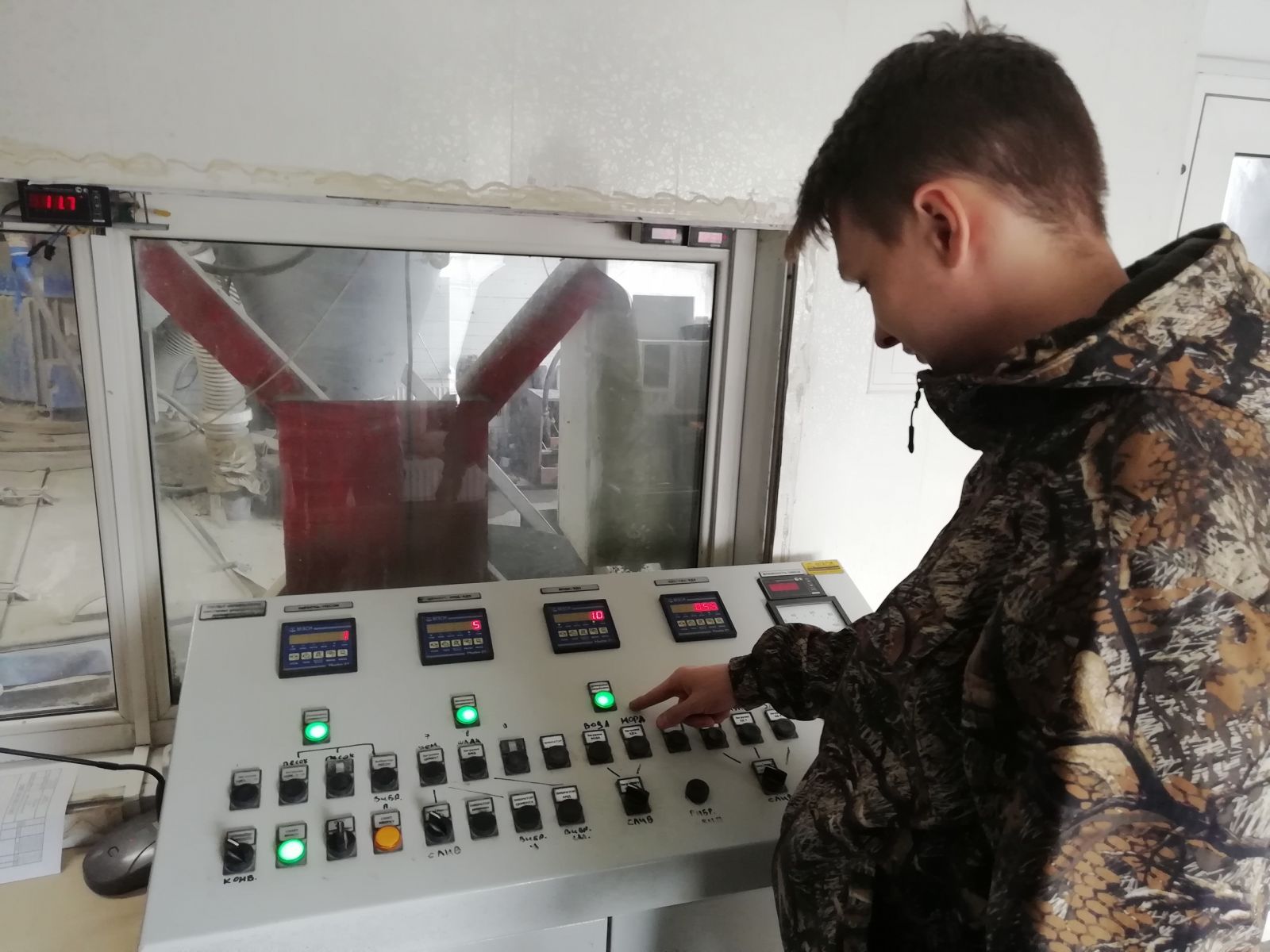
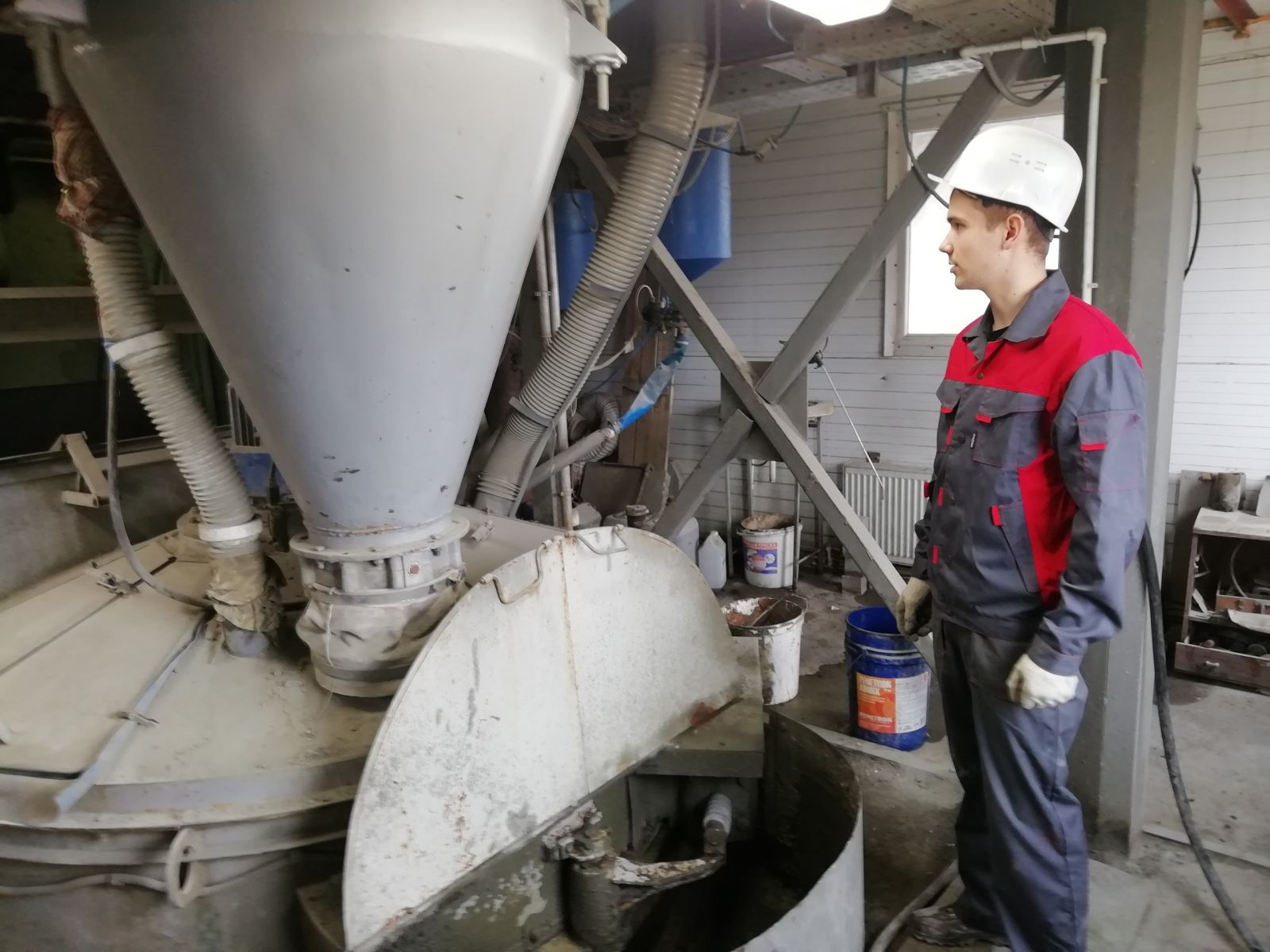
According to GOST 31108-2016, there are five general types of cement: CEM I has no mineral additives; CEM II has mineral additives; CEM III or the Portland Blast Furnace Cement, etc. Each of the master’s degree students is going to work with a certain type of cement. At the beginning of the 4th semester, it is planned to analyze and compare experimental results. As a summary of working over the project, a presentation of the results of team efforts will be given, within which every member of the team will have a chance to propose one’s own efficient solution of the problem within the set engineering task.
Our partner enterprises are interested in this topic as it lies within their sphere of expertise. Simvol-Beton OOO performs introduction of various concrete types, and Ural NIIstrom Company Group carries out testing of buildings, structures and materials.
Upon results of the joint research and experiments conducted by master’s degree students within the project, articles are planned to be published in editions of both SUSU and other universities, as well as in foreign research journals of a level not lower than Top 50.
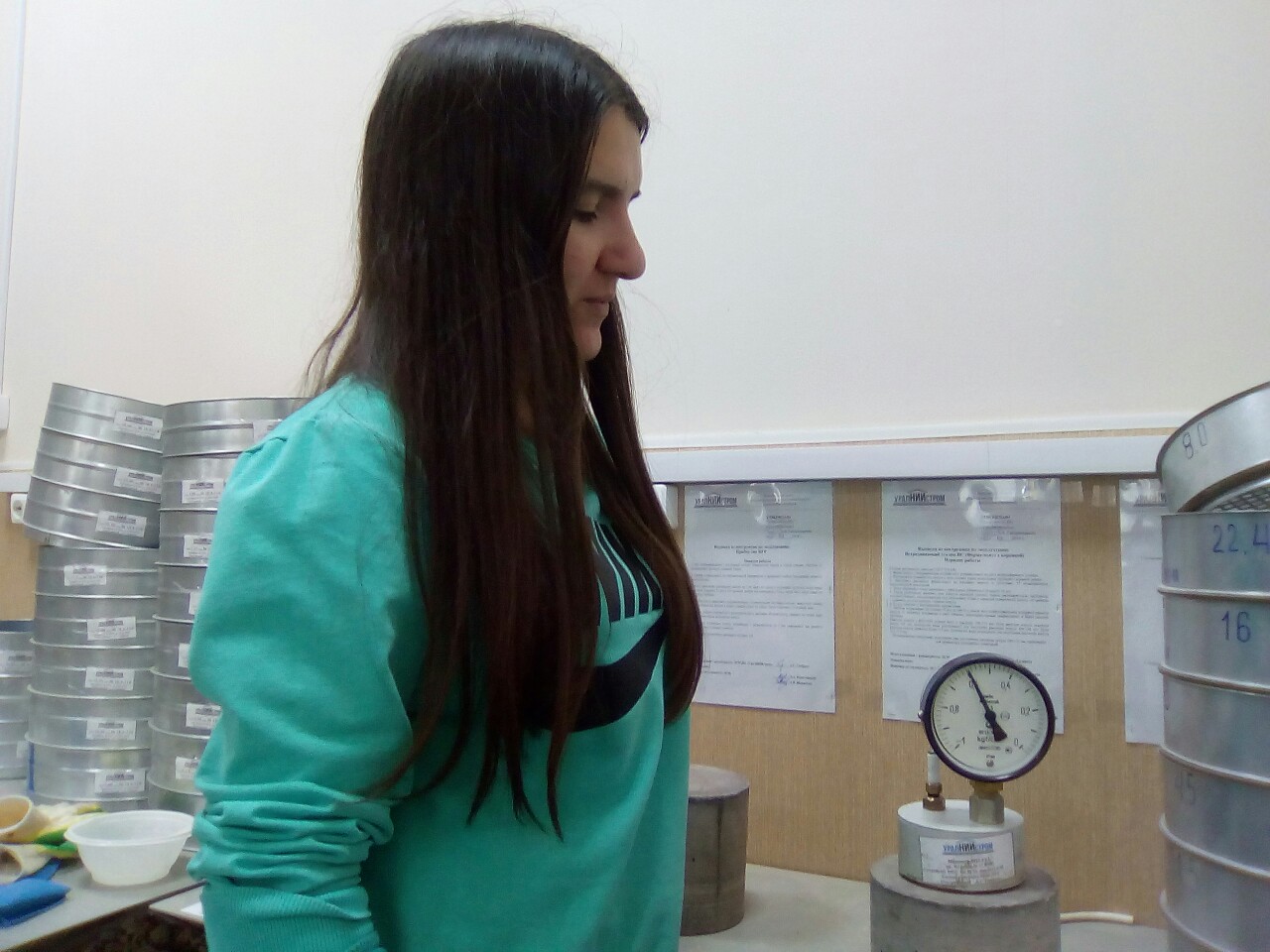
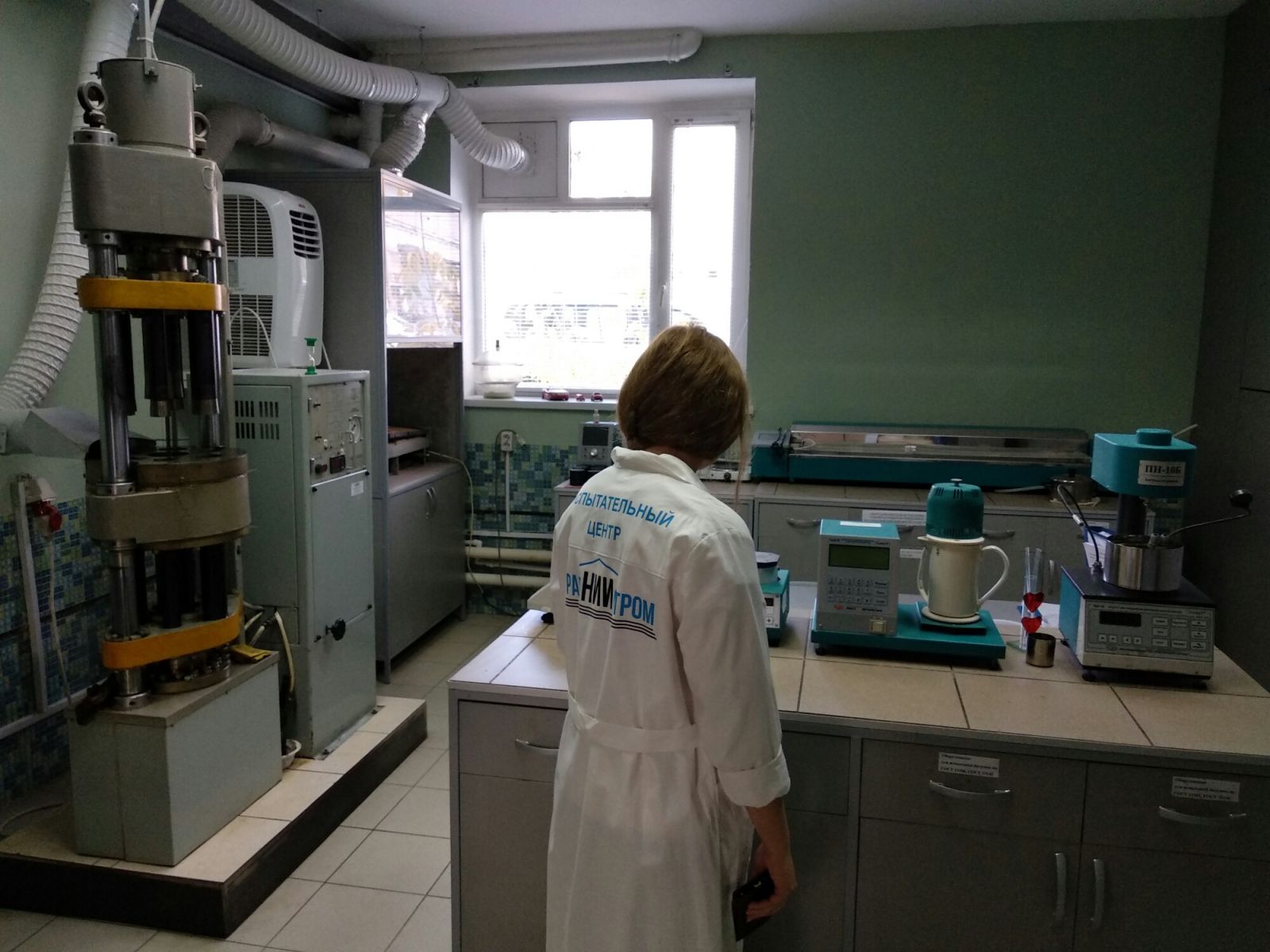
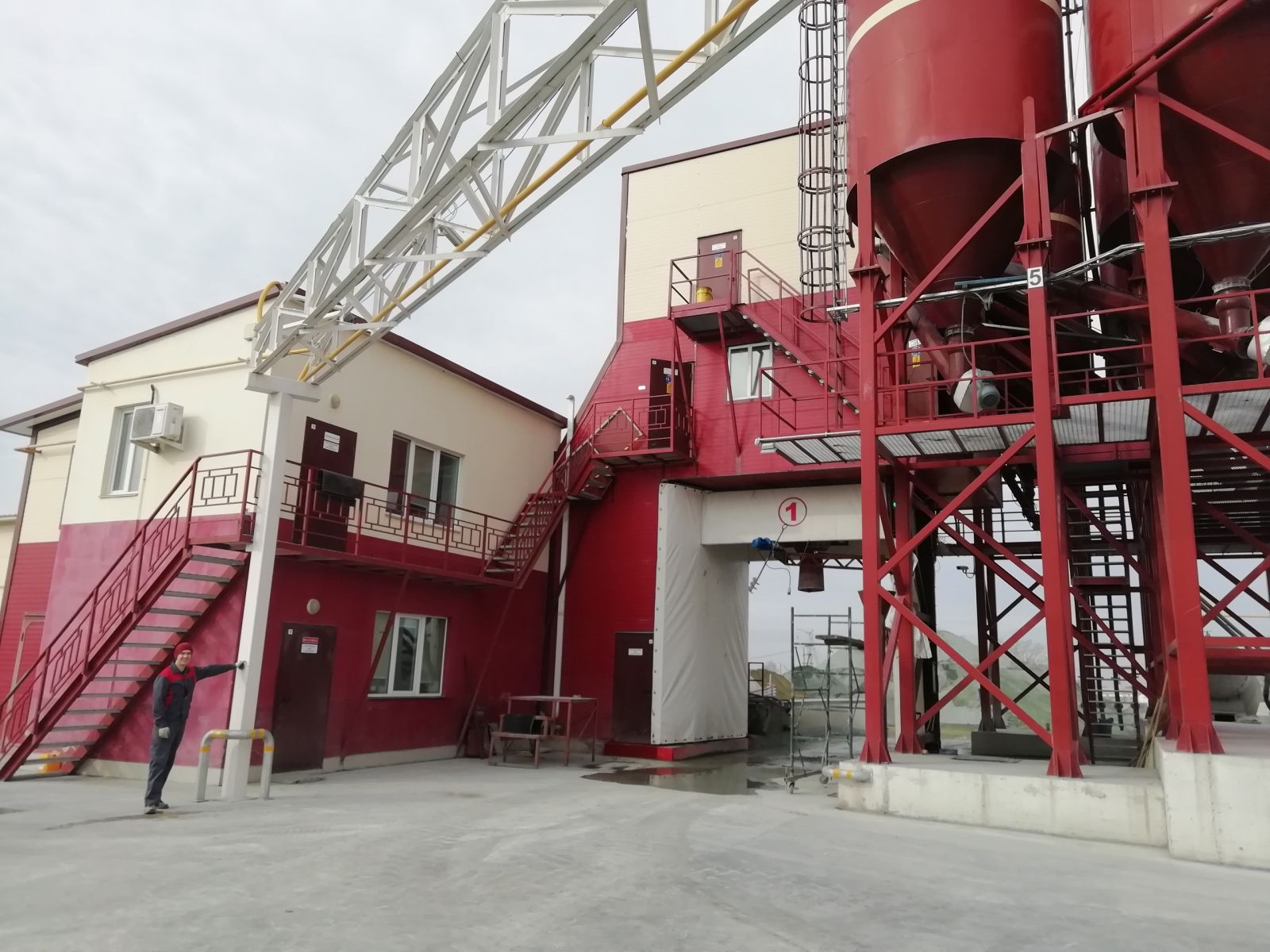
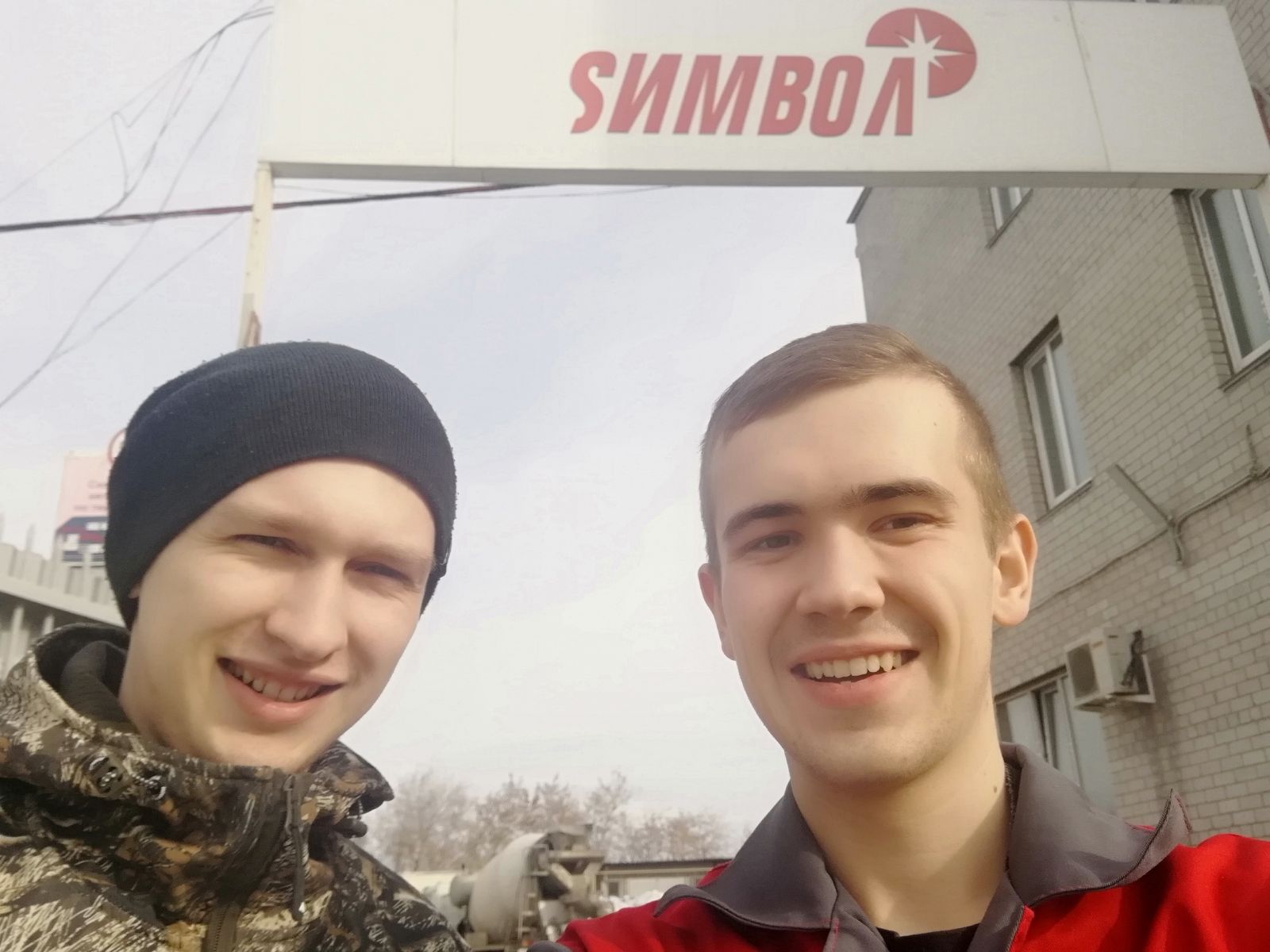
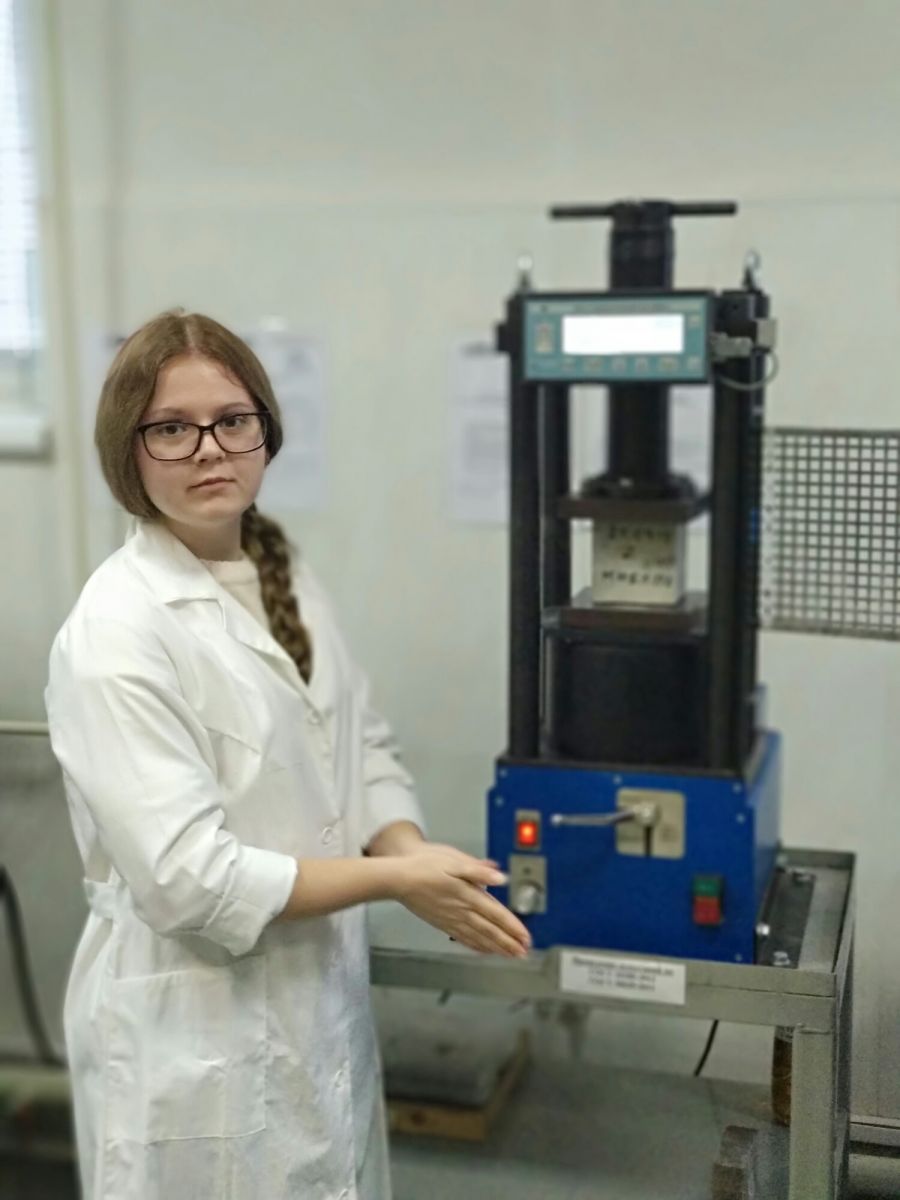
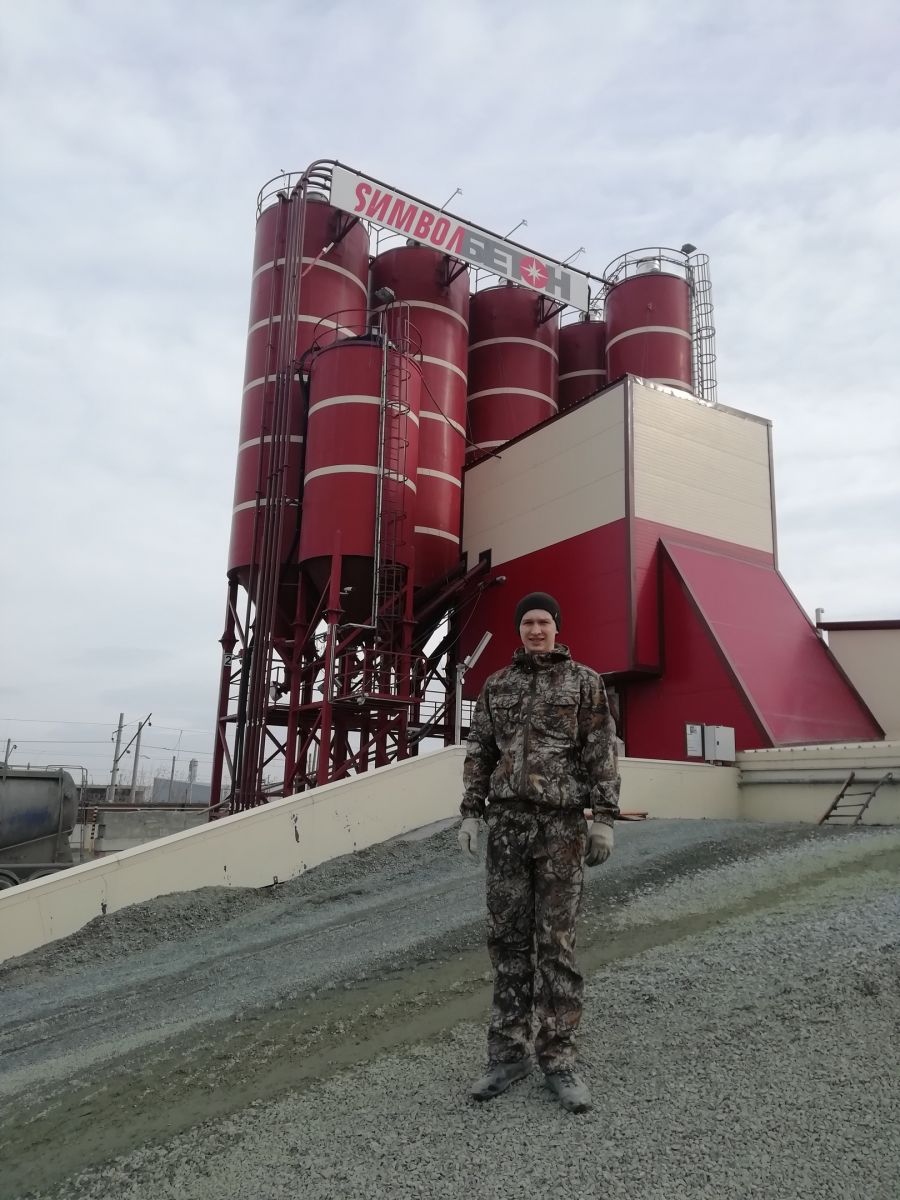
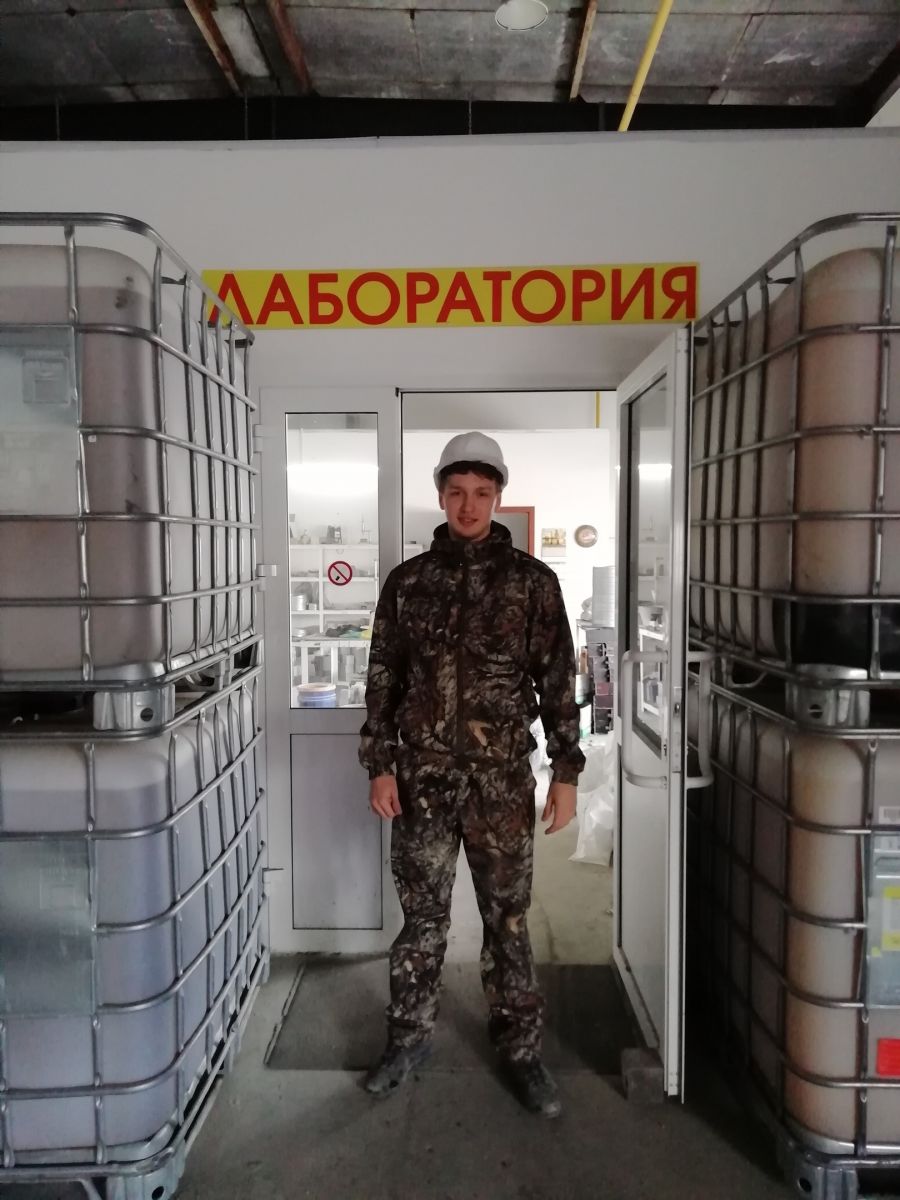





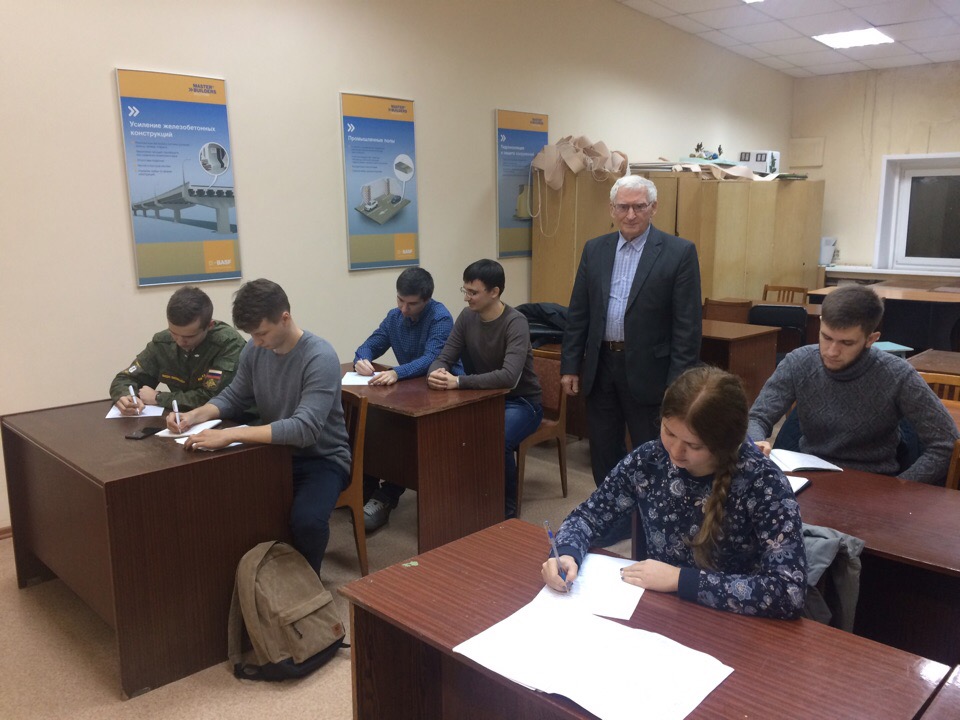
.jpg)